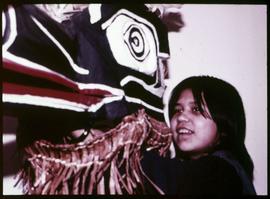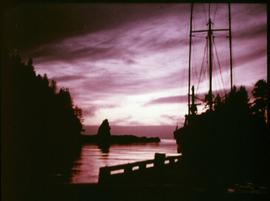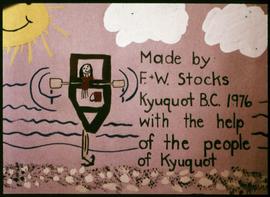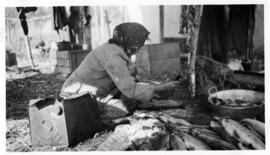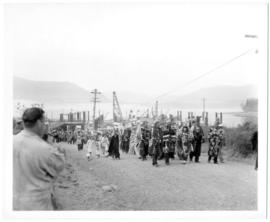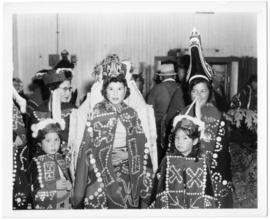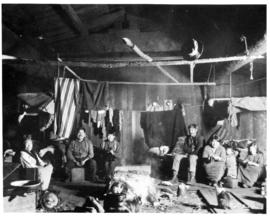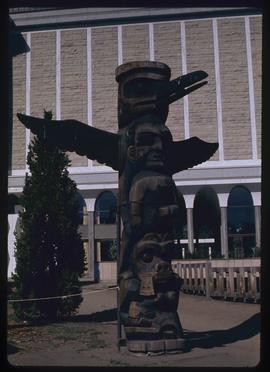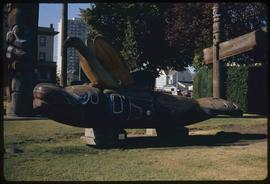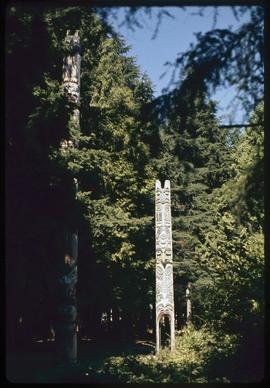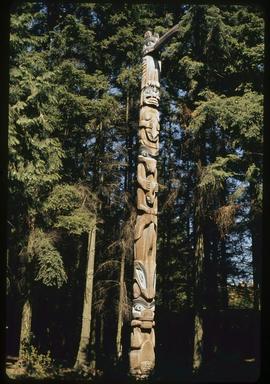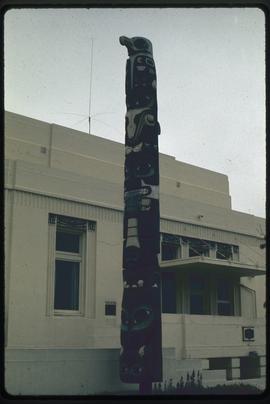Item is a recording with two distinct parts. The first part of the recording features Tsimshian songs recorded in 1932 by the American anthropologist Dr. Viola Garfield (1899-1983) of the University of Washington. The songs in this recording were sung by Lewis Grey (1857-1934) who was born in Port Simpson and was recognized as a shaman by the Nass River tribes and upper Skeen River people. The cylinder number referenced during the recording is #14573. The Dr. Viola Garfield fonds is housed at the University of Washington Special Collections. She carried out field work in the summer of 1932, 1935 and 1937 at the Tsimshian village of Port Simpson, British Columbia. An Ediphone machine provided by the University of Washington Anthropology Department was used to record and store the songs on wax cylinders, which were deposited at the University. The recordings were transferred to the open reel format in 1971. More information is available in Dr. Viola Garfield's book Tsimshian Clan and Society (1939), available in the MOA Reading Room, call number 12.7 TSI GAR.
The second portion of the recording starts at 8:26, when an unidentified male speaker states that the remainder of the tape are Tilamook recordings made by Prof Melville Jacobs of the University of Washington recorded in the Winter of 1933 using an Ediphone cylinder. The speaker states that the first three songs are Tillamook Coast Salish North West Orgeon songs, sung by Clara Pearson, the informant of Elizabeth Jacobs in late 1933, and recorded at Garibaldi, Oregon. The speaker states that two songs are possibly in one of the Muckleshoot Reservation dialects. The speaker states that Song 1, Tit Willow, is possibly sung by the American anthropologist Dr. Erna Gunther.
Accompanying documentation for this recording contains the following text:
B. Johnstone, November 15, 1971
Tsimshian Songs Recorded by Viola Garfield
Tape Two
000 - Song #18 - Louis Gray - Taunting Song
100 - Song #19 - Louis Gray - Nursing Song
145 - Song #20 - Louis Gray - Dancing Society song
180 - Tillamook recordings made by Jacobs in Garabaldi, Ore., 1933.
Ni-sgane’-s are a ganhada chief house of the ginad‚iks tribe

